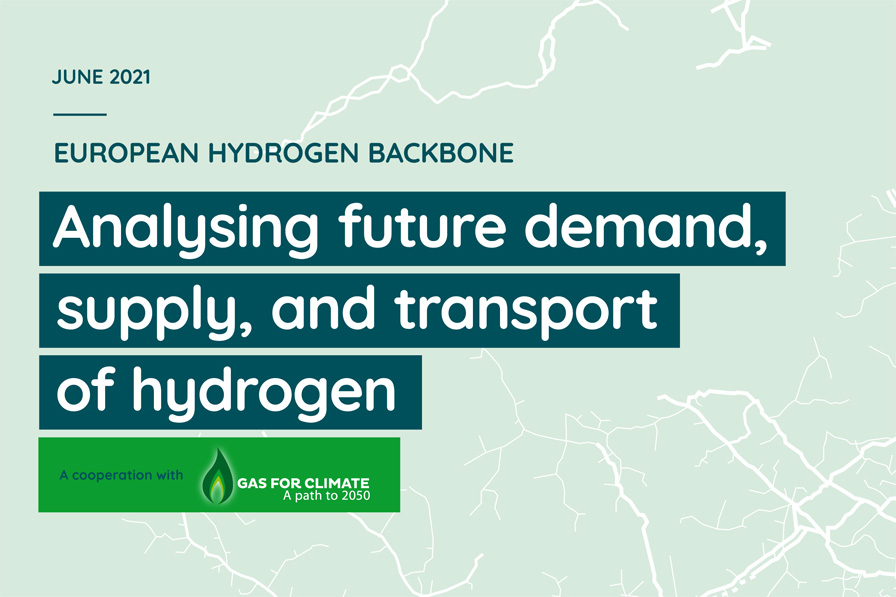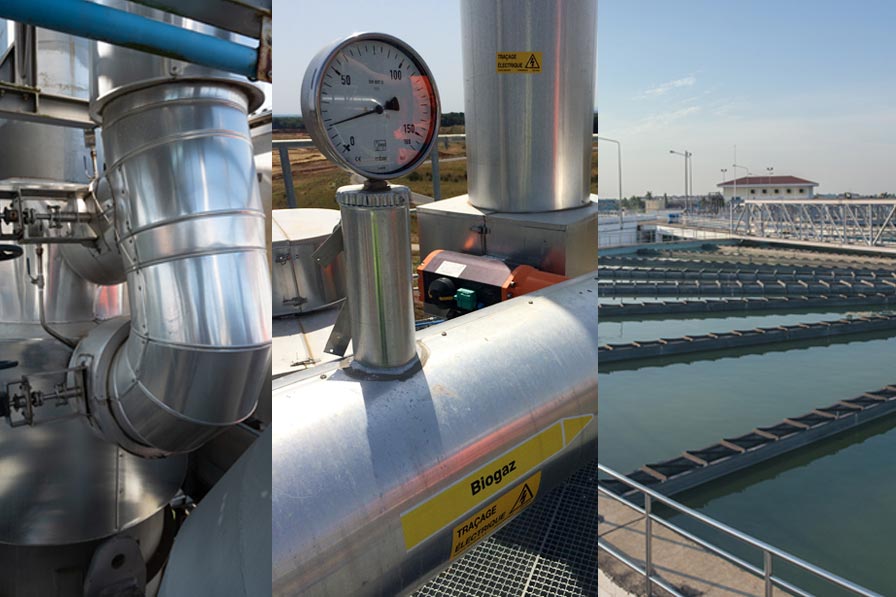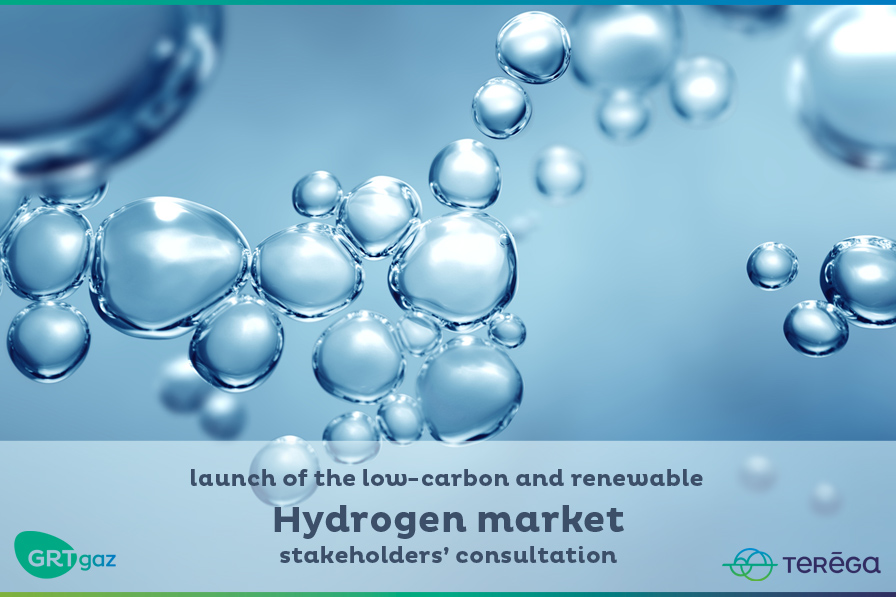European Hydrogen Backbone publishes a new study

- New study by the European Hydrogen Backbone initiative estimates 2,300 TWh of hydrogen demand in EU+UK by 2050 corresponding to 20-25% of future EU and UK energy demand
- Sufficient potential exists to produce this quantity as green and blue hydrogen within the EU and UK, hydrogen imports from neighbouring regions are likely
- Pipeline transport more cost-effective than seaborne transport and powerlines
Today, the European Hydrogen Backbone (EHB) initiative presents an analysis on future demand, supply, and transport of hydrogen across Europe. This study complements the recently published EHB maps, which showed a hydrogen pipeline network of nearly 40,000 km by 2040, connecting 19 EU Member States plus the United Kingdom and Switzerland.
Large future hydrogen demand to make Europe a climate-neutral continent
The EU and UK could see a hydrogen demand of around 2,300 TWh (of which 2,000 TWh in the EU) by 2050. This equals about 45% of EU+UK natural gas consumption in 2019. Hydrogen is crucial to decarbonise industry, in particular chemicals (ammonia and high-value chemicals), iron and steel, and fuel production. Hydrogen is also expected to play an important role in providing dispatchable electricity, as a heavy transport fuel and in some countries in the heating of buildings.
Europe can be self-sufficient in green and blue hydrogen, imports are likely
The total expected hydrogen demand could potentially be met by green hydrogen produced in the EU and UK, using renewable electricity. Yet producing such quantities of green hydrogen domestically is subject to public acceptance of an accelerated expansion of renewable installed capacity, financing, regulation and quality standard setting. It is anticipated that the economics of green hydrogen production costs will improve, allowing a rapid scale-up. In addition to green hydrogen, large quantities of relatively cheap blue hydrogen can be produced in Europe to quickly drive emission reductions and accelerate the pace of the transition. The study also shows that hydrogen imports by pipeline can provide an attractive complement to domestic supply.
Hydrogen Backbone is cost-effective and essential to create a European cross-border hydrogen market
Repurposed existing gas infrastructure plays a crucial role in connecting hydrogen supply and demand locations. Hydrogen pipelines are the most cost-efficient option for long-distance, high-volume transport at €0.11-0.21/kg per 1,000 km, outcompeting transport by ship for all reasonable distances within Europe and neighbouring regions. Also, the study shows that for high-volume transport of energy when the desired end-product is hydrogen, even without including flexibility costs such as energy storage, pipelines are more cost-effective than powerlines delivering the same amount of energy.

